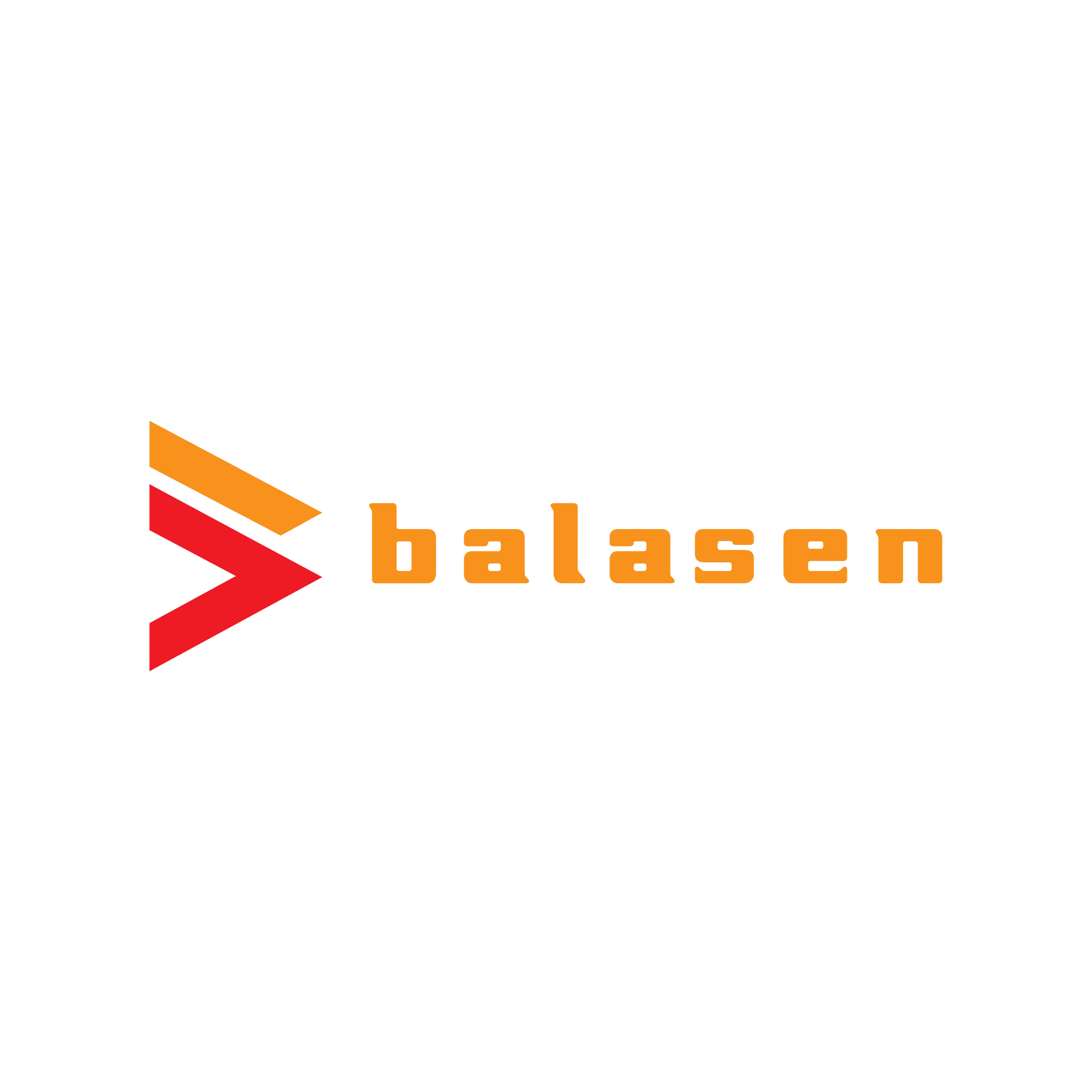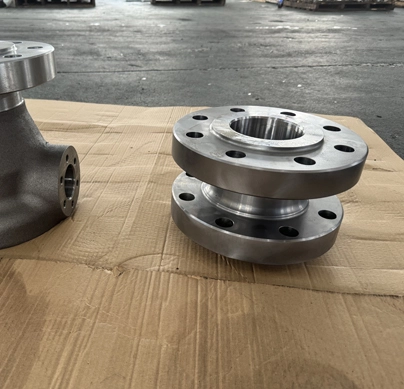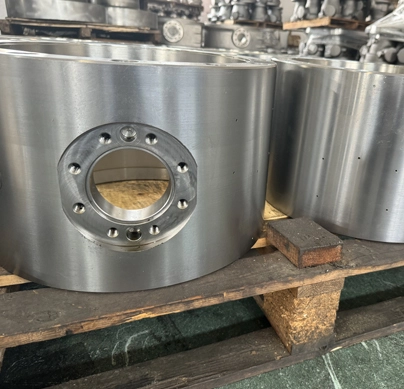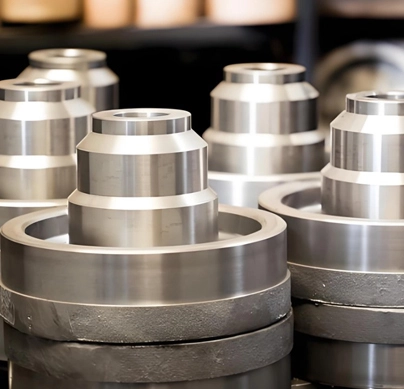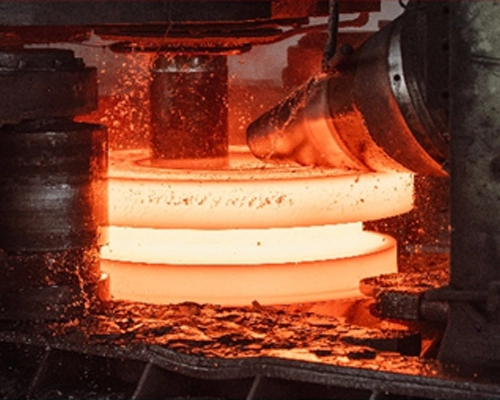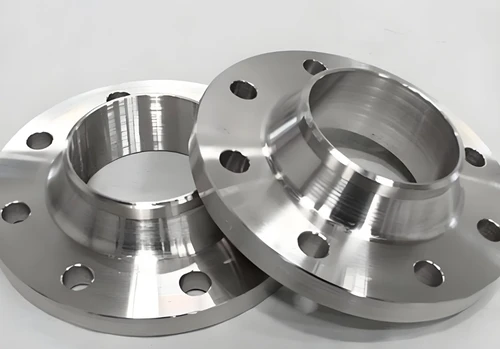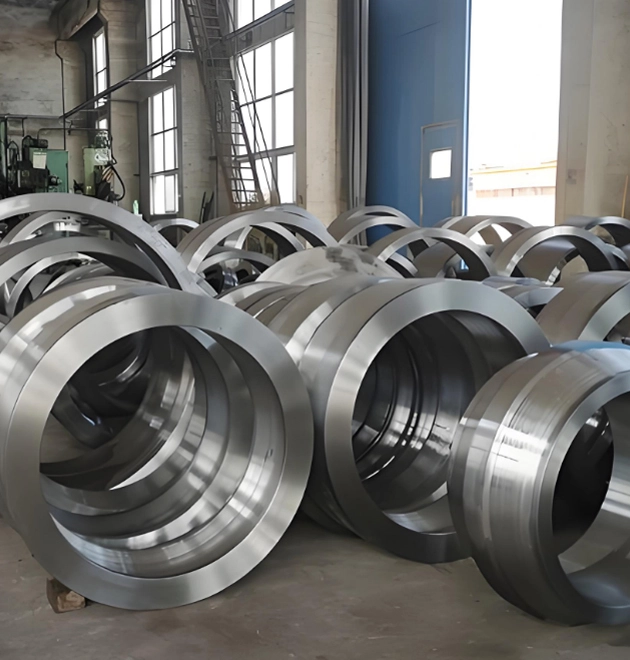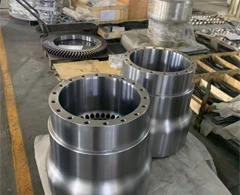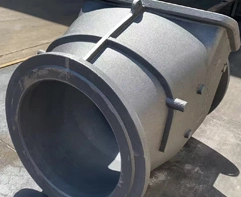How to Improve the Durability of CNC Machine Tool Parts Through Forging
The core mechanism for improving the durability of CNC machine tool parts through forging can be divided into the following four aspects:
Grain refinement enhances fatigue resistance
Forging densifies metal grains and eliminates casting defects such as porosity and shrinkage through hot deformation, improving the uniformity of the microstructure of the parts, increasing fatigue strength by 30% -50%, and extending the high-frequency impact resistance life of key components such as gears and spindles.
Directional fiber streamline enhances load-bearing capacity
Forging continuously distributes metal flow lines along the direction of force on the part, forming a fiber network similar to a "skeleton". Under dynamic loads, the deformation resistance is more than twice that of machined parts, and the wear rate of moving parts such as rails and screws is reduced by 40%.
Stress concentration point elimination
Precision forging can form complex curved surfaces as a whole, avoiding weak areas caused by welding/assembly, making the stress distribution of structures such as bearing seats and knife towers more uniform, and reducing the risk of crack initiation by 60%.
High temperature stability optimization
After temperature controlled forging, the heat resistance and creep resistance of forged aluminum alloy/alloy steel are improved. The dimensional stability of components such as the spindle box is enhanced under continuous cutting heat load, and the precision maintenance cycle is extended by 3-5 times.
 EN
EN
